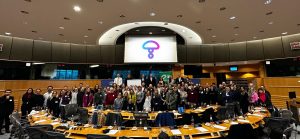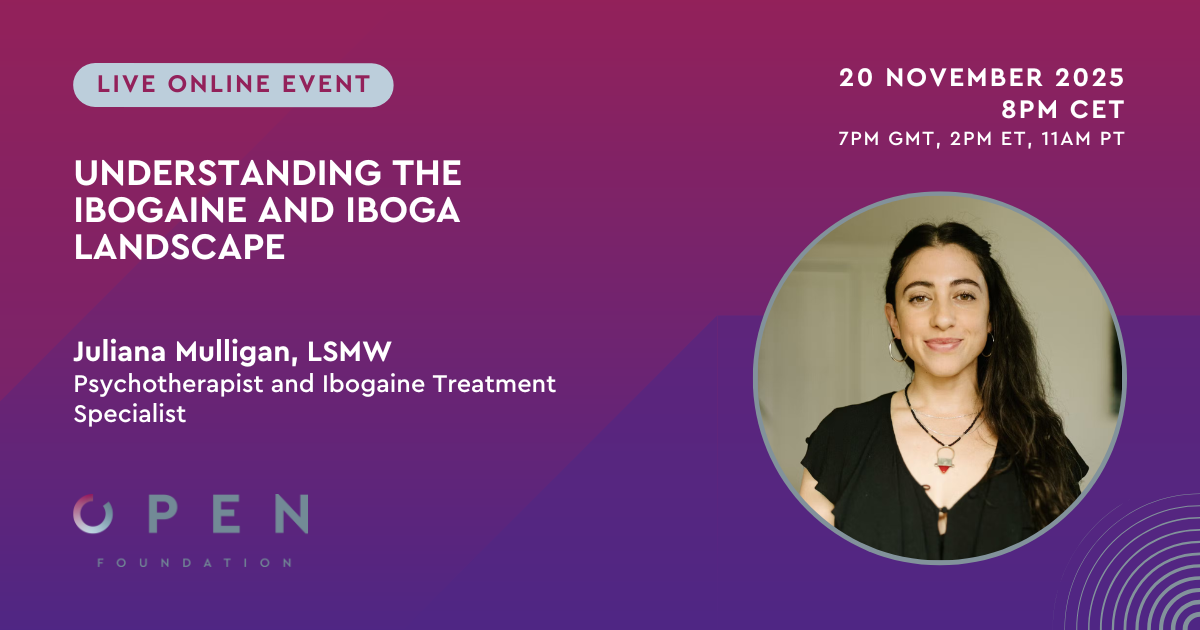Abstract
The most potent tryptamine hallucinogens – such as DMT, psilocybin, and LSD – are all active at the 5-HT2A receptor subtype and all produce similar visual perceptual results that are immediately recognizable as uniquely psychedelic. Although it is widely accepted that selective serotonin receptor subtype 2A agonism is directly responsible for producing the distinct hallucinations seen on a psychedelic trip, no single theory has yet explained why this is so. Utilizing what we know about psychedelic tryptamine receptor interaction, sensory processing circuits in the neocortex, and EEG scans of psychedelics in action, this review will propose a novel multi-state theory of psychedelic action which invokes a variety of neural processing mechanisms, including phase-coupled neural oscillators; network excitation, disinhibition, and destabilization; recurrent feedback excitation; and neural circuit spike synchrony and brainwave cohesion to close the knowledge gap between the pharmaceutical interactions of selective 5-HT2A hallucinogens, their direct effects on perception and consciousness at varying dose ranges, and their potential long-term adverse effects.
Kent, J. (2008). Selective 5-HT2A agonist hallucinogens: A review of pharmacological interaction and corollary perceptual effects. Beta Review.











